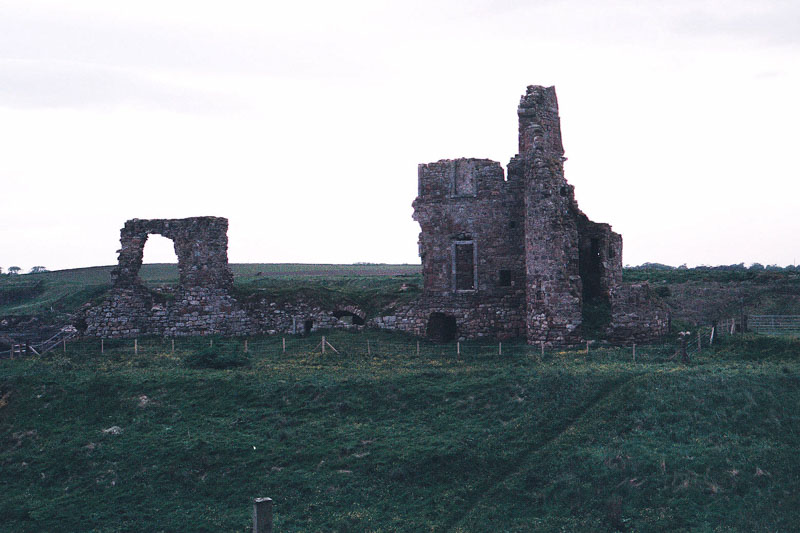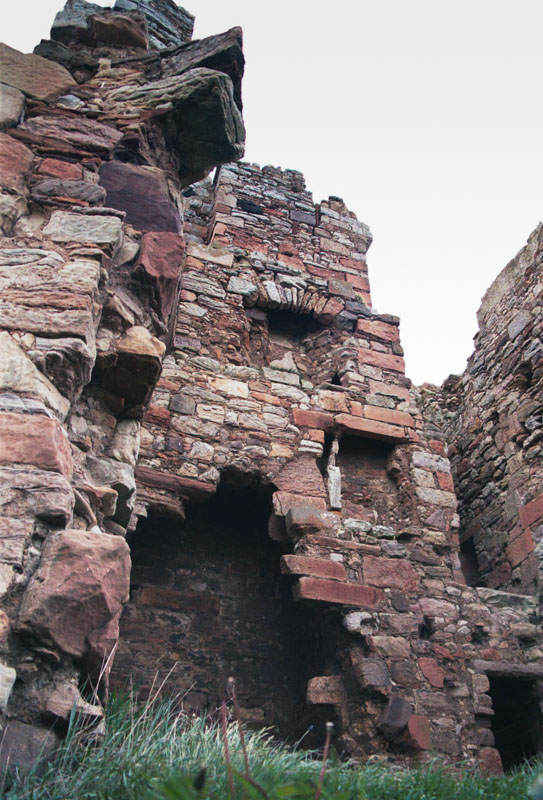
Newark was originally a property of the Kinloch family, but passed to the Sandilands of Cruivie family. They subsequently became bankrupt, and sold the castle in 1649 to the Covananter General David Leslie. The castle passed to the Anstruthers, then to the Bairds of Elie, in 1682.
The castle is referred to as Newark of St. Monans in 1545, when lands belonging to the Prior of Pittenweem were transferred to Sir James Sandilands of Cruivie. In 1649, the castle was sold to David Leslie, who added another storey and the Baroque style gables, although onlyy a fragment remains of these decorations. There were outbuildings from the same period, and some earlier, in the courtyard. There are vaults and walls that are built upon the cliff face.

The Kinlochs built an unusual “palace” here consisting of a hall-house with a courtyard between it and the sea cliff. The building contained a hall and private room end to end over three vaulted cellars. The Sandilands added a narrow extension containing two rooms over the kitchen. Most of these additions are gone.
I found several pictures only ten years ago that showed quite a bit more of the tower still standing, so quite a bit of the castle has collapsed recently. Newark was built in the 15th century, and altered and extended in the 16th and 17th. Not much remains except vaulted cellars, part of a tower block and a large, partially collapsed, round tower, as well as fragmenets of the outer walls along the coast.
Also known as St Monans, Inverie, St. Monance.


